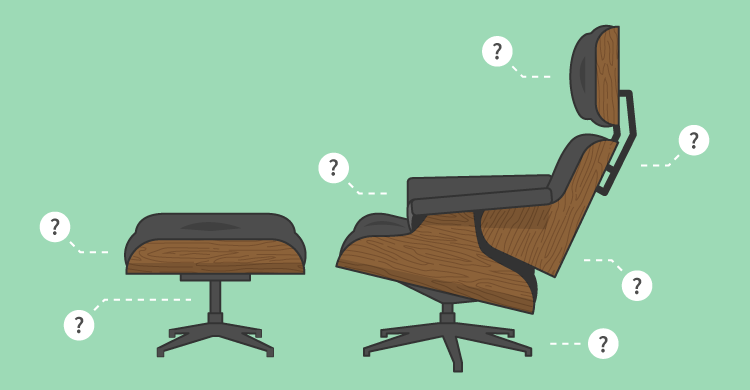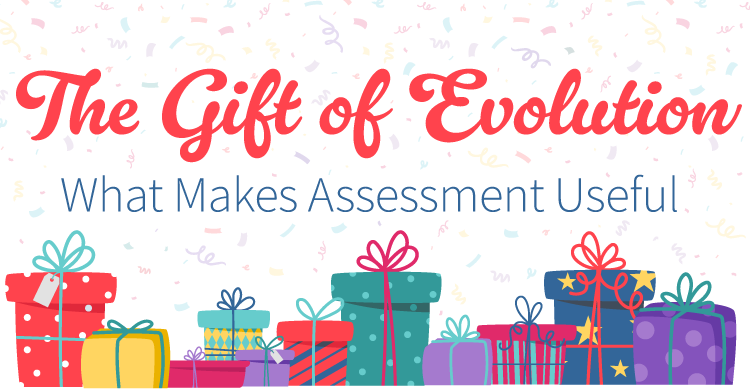All of us who have purchased a piece of furniture from a big-box store know how frustrating it can be to put the pieces together. In that moment, when we open the box and dump all of the pieces out on the floor, we immediately look for the directions that contain a picture of all of the parts required to build the piece of furniture. We also position the photo of the finished product (usually on the box) where we can constantly refer to it as we put the parts together.
Now imagine that we find neither of these—no picture of the parts and no photo of the finished piece of furniture. How much more difficult would our job of putting the parts together be? Yet this is how many students have been expected to learn the state standards for years—part by isolated part.
So how can we break out of this instructional box and teach the common core state standards (CCSS), with their multiple pieces of knowledge and skills, more holistically? We can start by introducing students to the whole standard upfront and then unpacking the standard with the students. Like taking apart a puzzle, we pull out and teach each component part.
As students figure out and master each part, we help them connect that part to the other parts of the standard, referring back to the whole standard in the same way that we continually reference the photo of the piece of furniture on the box. Then we re-pack the standard with the students, helping them to put the puzzle back together by giving them practice on rigorous formative assessment tasks that require application of the whole standard.
In this way, students not only learn a technique for acquiring new skills and knowledge, an important skill for knowledge workers in the 21st century, but also learn that the whole standard is something greater than its unassembled parts.
[author_bio id=”75″]






